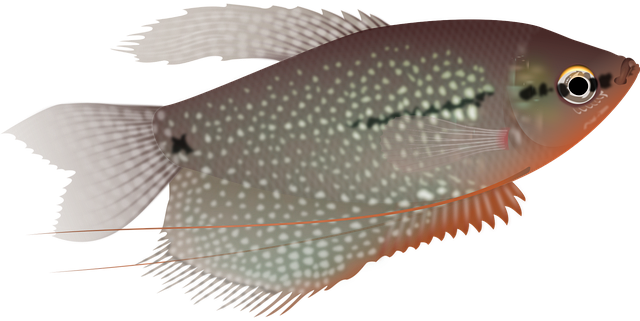Innovative underwater habitat design leverages motion-sensitive tanks and animated lighting effects to create dynamic, eco-friendly, and captivating aquatic environments. This tech revolutionizes aquariums by mimicking natural behaviors, enhancing ecological authenticity, and offering unique visual spectacles for both research and public enjoyment.
“Revolutionize your aquatic oasis with motion-sensitive tanks adorned in animated lighting—a fusion of technology and aesthetics. This innovative concept, known as underwater habitat design, promises a captivating experience by integrating sensor technology for precise movement detection and dynamic light animations.
Delve into the world of aquarium enhancement where colorful lights dance in harmony with fish movements, creating a mesmerizing underwater landscape. From technological intricacies to design choices and market implications, this article explores the potential of motion-activated tanks as a game-changer in the realm of aquatic decor.”
Underwater Habitat Design: The Concept
The concept of an underwater habitat design revolves around creating a self-sustaining environment that mimics nature while offering a unique and immersive experience for its inhabitants. This innovative approach combines advanced aquatics, architecture, and technology to construct aquatic spaces that not only support marine life but also capture the imagination. By integrating motion-sensitive tanks and animated lighting effects, underwater habitat design pushes boundaries in both science and aesthetics.
Motion-activated features allow for dynamic interactions with the environment, enhancing the natural behaviors of aquatic creatures while captivating visitors. Animated lighting adds a layer of ethereal beauty, transforming the underwater landscape into a mesmerizing spectacle. This fusion of technology and nature creates a harmonious setting where residents can thrive and spectators can marvel at the wonders of the deep.
– Exploring the idea of motion-activated tanks
The concept of motion-sensitive tanks with animated lighting effects opens up a fascinating realm in underwater habitat design. By integrating motion sensors, these tanks can react dynamically to the presence and movements of aquatic life, creating an immersive and ever-changing environment. Imagine a coral reef tank where fish swarms trigger vibrant light shows, or a deep-sea simulation where a school of jellyfish sets off mesmerizing patterns on the water’s surface – all achieved without human intervention.
This innovative approach pushes the boundaries of aquarium design, offering not only visual spectacle but also ecological authenticity. Motion activation allows for more natural behaviors to be observed and promotes better understanding of aquatic creatures’ interactions with their environment. Moreover, animated lighting effects can enhance the aesthetic appeal, making these tanks compelling attractions in both research facilities and residential settings, while inspiring a deeper appreciation for marine life.
– Benefits and potential applications
Motion-sensitive tanks with animated lighting effects offer a unique and innovative approach to various applications, especially in the realm of underwater habitat design. One of the key benefits is their ability to create dynamic and immersive environments, enhancing the visual experience for both humans and marine life. These tanks can replicate complex aquatic ecosystems, complete with swirling currents and captivating bioluminescence, providing a more natural and stimulating setting for research, conservation efforts, or even entertainment purposes.
For underwater habitat design, this technology enables designers to craft intricate scenes that mimic the behavior of natural light sources found in oceans. Animated lighting effects can simulate the movement of schools of fish, the glowing trails of jellyfish, or the dancing shadows of underwater caves, all while adapting to the motion and presence of visitors. Such interactive displays not only attract and captivate audiences but also offer valuable educational opportunities to foster a deeper appreciation for marine ecosystems.
Technological Aspects: How It Works
The motion-sensitive tanks with animated lighting effects are a marvel of modern technology, seamlessly blending aquatics and interactivity. At their core, these innovative systems rely on sophisticated sensors and advanced programming to detect movement and respond accordingly, triggering dynamic light shows within the underwater habitat design.
When an organism moves through the tank, whether it’s a fish or a human observer, the motion sensors register this activity and send signals to a central control unit. This unit interprets the data and activates specific LED lights embedded in the tank walls or floor, creating mesmerizing patterns and hues that dance across the water. The underwater habitat design itself becomes a living canvas, enhancing both visual appeal and the overall experience for those observing these aquatic environments.
Motion-sensitive tanks with animated lighting effects represent a revolutionary step in underwater habitat design. By combining innovative technology with aesthetic appeal, these systems offer enhanced experiences for both marine life and visitors. The potential applications are vast, from educational exhibits to therapeutic environments, all while providing advanced care and monitoring for aquatic creatures. As this concept gains traction, further exploration and development will undoubtedly lead to even more captivating underwater landscapes.
